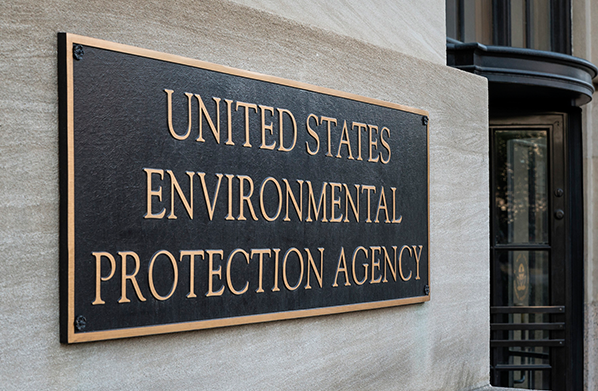Responding to a massive contaminated-water spill caused by the Environmental Protection Agency, Colorado and New Mexico declared states of emergency yesterday, allotting an initial sum of $1.75 million in taxpayer money to the cleanup effort.
Meanwhile, the Navajo Nation has announced plans to sue the agency for “millions — billions of dollars,” president Russell Begaye told the Navajo Times this week. More lawsuits may soon follow as Colorado’s fishing, tourism, and agriculture industries assess the damage caused.
The spill occurred last Wednesday as an EPA cleanup crew attempted a cleanup at the Gold King Mine, abandoned since 1924. The agency initially estimated 1 million gallons of metal-laced water had been released into the Animas River; over the weekend, it revised that number to 3 million gallons.
Though officials are still trying to understand the scope of the damage, as many as 550 gallons of water, according to some estimates, continue to gush per minute, turning the Animas River a mustard yellow.
The EPA’s preliminary tests revealed that the water’s arsenic levels peaked as high as 300 times the normal level near Durango, while lead levels were around 3,500 times higher than usual.
The EPA, as well as state-level environmental agencies, are still trying to determine the impact on fish and wildlife. Meanwhile, both farmers and several water utilities have ceased to draw water from the Animas River.
The EPA is drawing heavy criticism for its response to the disaster. Though the water was bound for New Mexico, the agency failed to notify officials there until a day after the spill occurred. Governor Susana Martinez has called that negligence “completely irresponsible.”
“New Mexico deserves better,” New Mexico’s environment secretary said, calling EPA’s response “cavalier and irresponsible.”
Colorado’s U.S. senators have written a critical letter to EPA head Gina McCarthy, outlining how the spill may threaten public health, tourism, agriculture, and other industries.
Meanwhile, regional officials and community groups have also criticized the EPA for providing little information about the environmental disaster.
“For whatever reason, their communications continue to be insufficient,” the executive director of the San Juan Citizens Alliance told the Guardian. “They’re sowing more confusion in the area than they are resolving it.”
EPA’s regional director admitted last week that the agency’s initial response was “not appropriate in that we did not understand the full extent of what we were looking at here.”
— Jillian Kay Melchior writes for National Review as a Thomas L. Rhodes Fellow for the Franklin Center. She is also a senior fellow at the Independent Women’s Forum and the Blankley Fellow at the Steamboat Institute.


